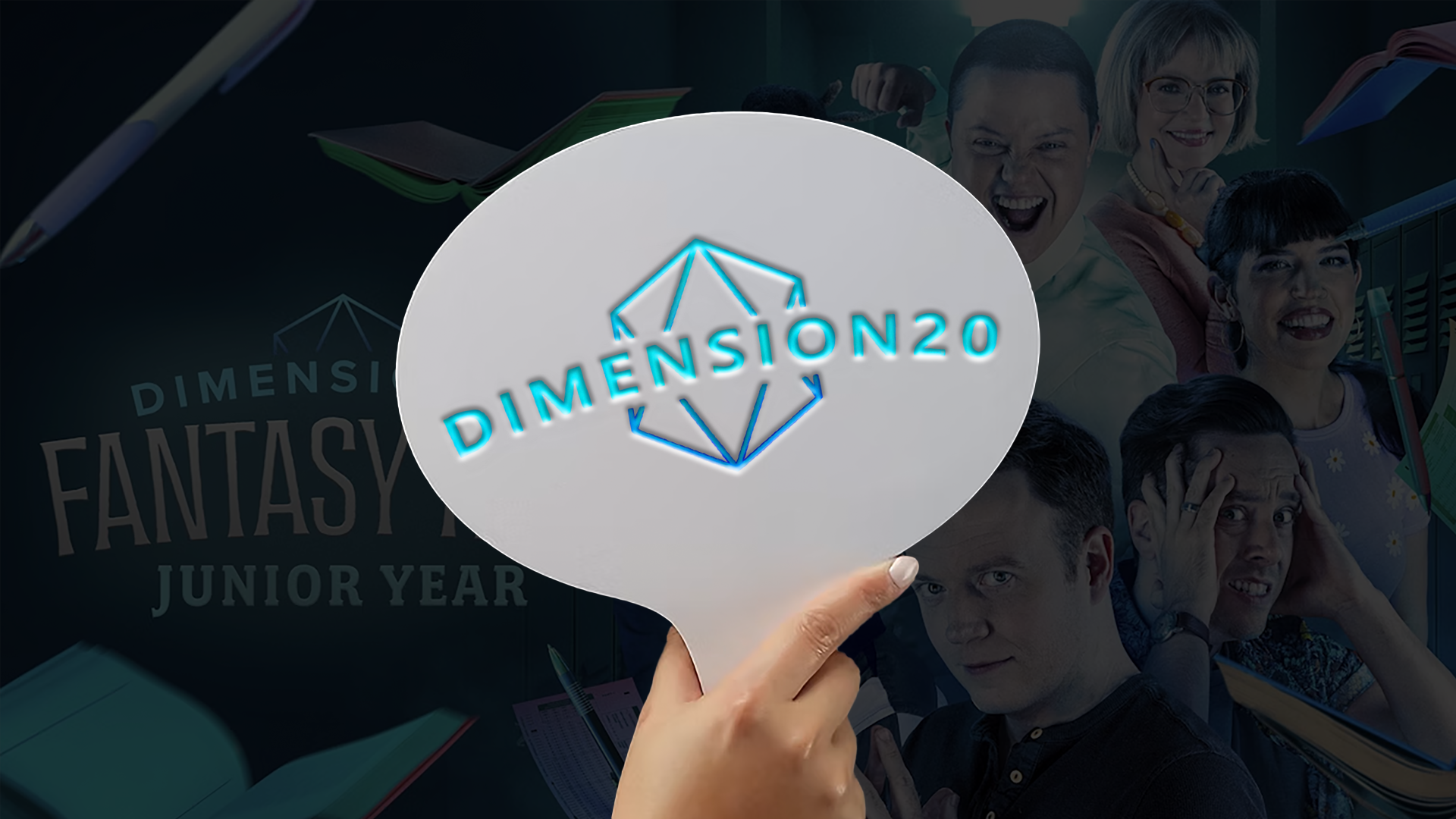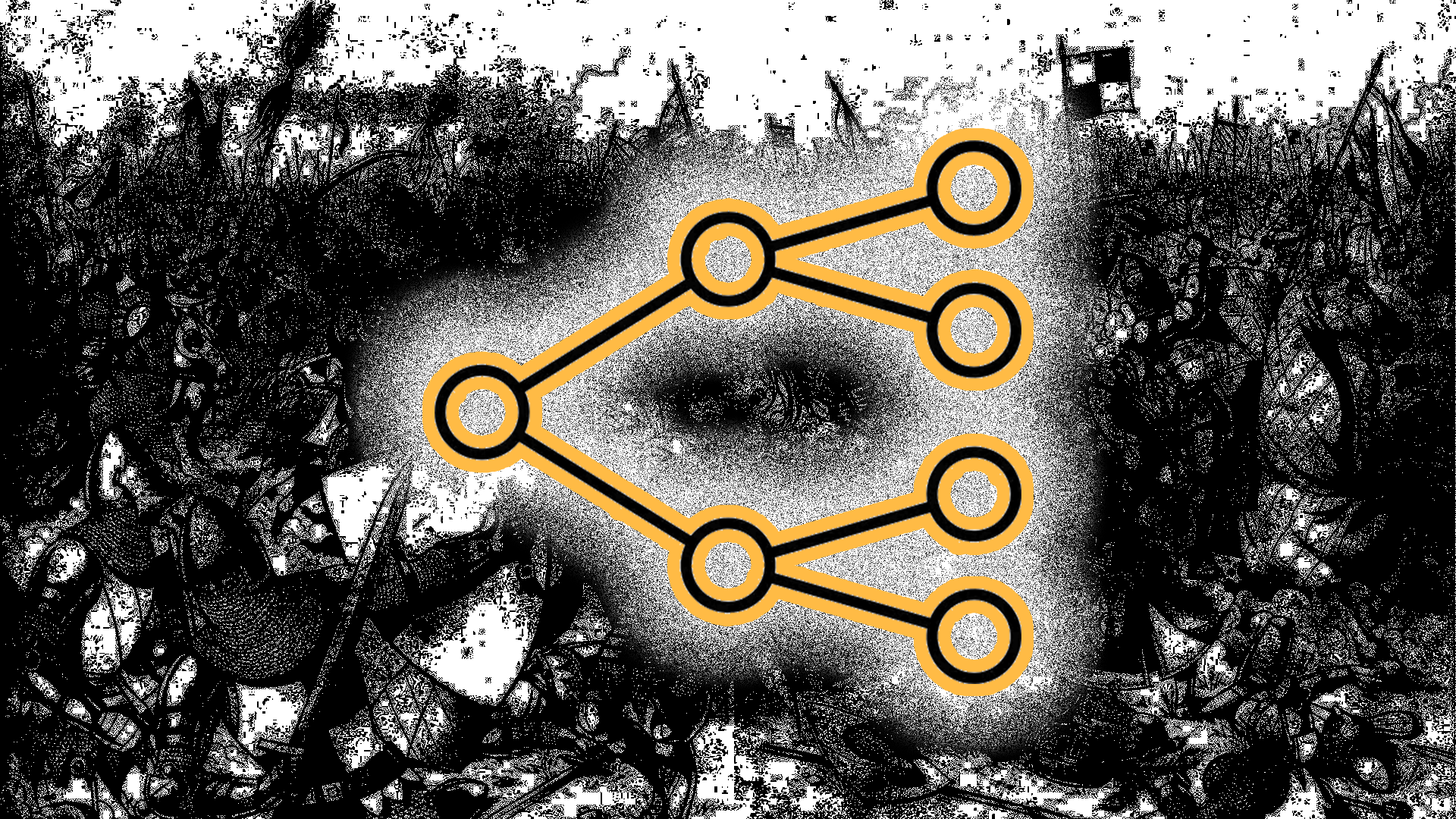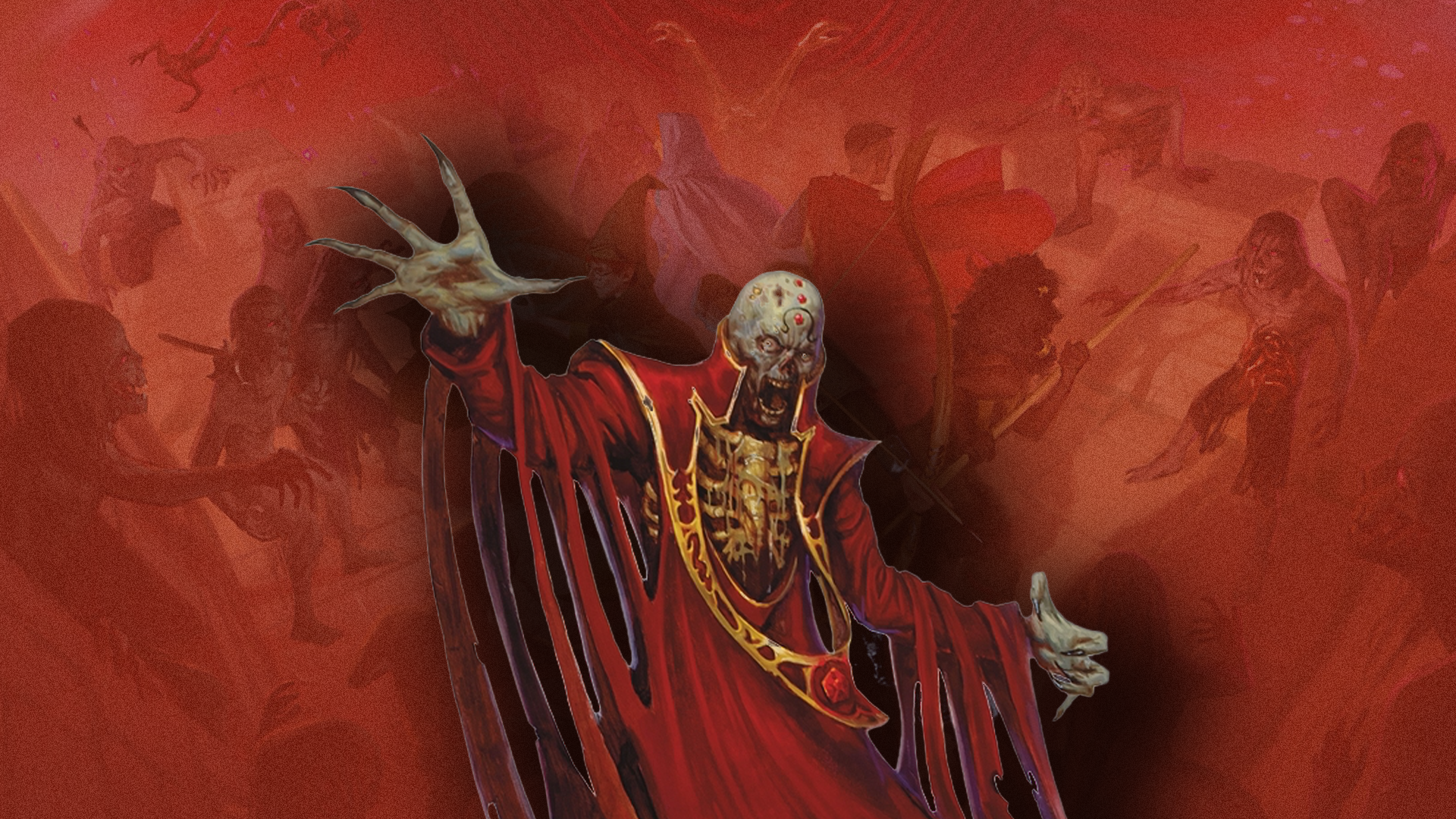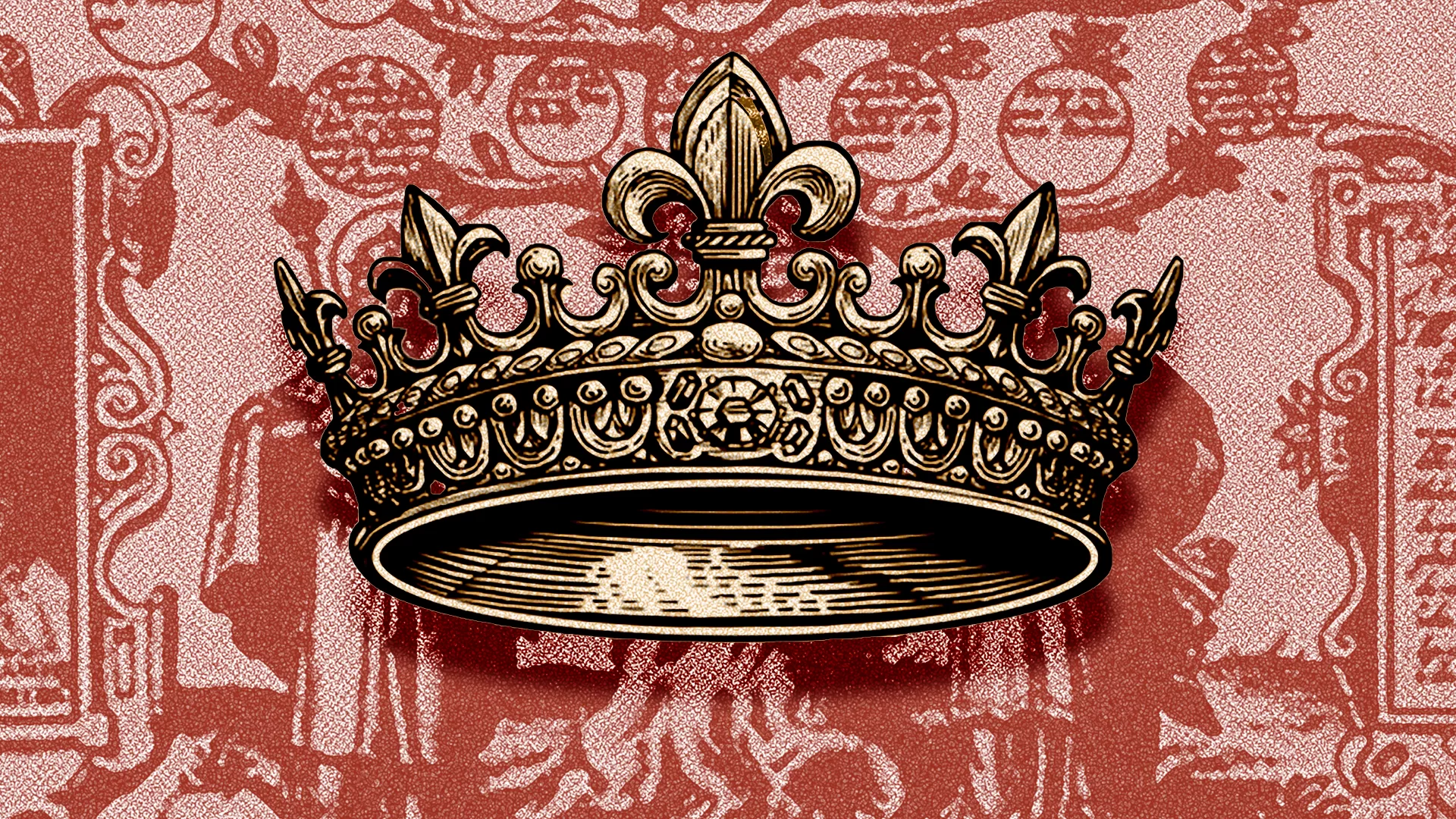
Creating a Single-Session One Shot Adventure That Shines
Dungeons & Dragons campaigns can be fantastic, extensive sagas, putting together stories of bravery and mystery over months or even years. Nonetheless, there’s a similarly captivating art form in the one shot adventure a standalone narrative crafted to be enjoyed within just a few hours.
The beauty of the one-shot is in its brevity, offering a high-energy, distilled version of the game, while still packing in some real emotional weight and story depth.
Whether introducing new players, testing custom mechanics, or merely filling in an open evening, the one-shot is an essential tool in the arsenal of a Dungeon Master.
The Heart of the One Shot
Creating a oneshot involves a careful balancing act: it demands intense concentration on narrative, pacing, and player involvement. From establishing an engaging premise to providing a fulfilling ending, each moment needs to contribute effectively. In this guide, we will examine the essential components of an unforgettable one shot and how to transform a few hours of gameplay into an experience that stays with your players.
At its heart, a one-shot lives and dies by its premise. With limited time in which to draw players in, the opening moments need to be attention-grabbing and clearly communicate the stakes. Simplicity is key.
Intricate political intrigues or sprawling backstories are great in campaigns, but bog down a single session. Instead, focus on punchy, evocative setups. Maybe the players need to infiltrate a noble’s estate to steal a cursed artifact, or navigate a crumbling temple haunted by vengeful spirits.
The hook should instantly ignite curiosity and set the stage for an unforgettable experience.
Once the premise is set, then structure is your top priority. Whereas a campaign has room to expand its story with subplots and side quests over time, a one-shot needs a very defined narrative arc. Think of it like a tightly edited film: every scene needs to advance the story.
It should be divided into three acts: setup, where the players are introduced to their goal and the risks involved; rising action, where they are presented with increasingly higher hurdles; and climax, where the exciting confrontation wraps up the story. A short resolution at the end of the session provides closure and gives the players a chance to look back on what happened.
A one-shot of the haunted manor, for example, might start with villagers telling the players ghost stories about lights in the abandoned house. As they investigate, they discover spectral traps and unravel a tragic story of betrayal and revenge. The climax—a battle against the restless ghost in the attic—brings their investigation to a fiery conclusion. Because every scene has been tied into the central premise, the session feels cohesive and immersive; players get to feel like their choices drove the story forward.
Halt!
Take A Moment and Support Knight’s Digest!
Adventurers, if you’ve enjoyed the content we’ve worked so hard to create, we humbly ask for your support. Running Knight’s Digest takes countless hours of dedication, creativity, and passion, and we’d love your help to keep our dungeon full of treasure (and coffee).
If you think we’ve earned it, consider donating to help us continue crafting the stories, resources, and ideas you love.
Make a one-time donation
Make a monthly donation
Make a yearly donation
Choose an amount
Or enter a custom amount
Your contribution is appreciated.
Your contribution is appreciated.
Your contribution is appreciated.
DonateDonate monthlyDonate yearlyDesigning Encounters That Are Memorable
Encounters are the lifeblood of a one-shot, and their design should reflect the fast-paced nature of an adventure. Every encounter-whether it’s combat, roleplay, or a puzzle-should feel purposeful and attached to the story. Combat is a staple of D&D, and it works best when it’s quick and dynamic.
Long battles can drag down any session, so aim to make sure that encounters should be two or three rounds in resolution. Spice these up by using unique mechanics such as environmental hazards or objectives besides killing. A crumbling bridge might force the party to juggle attacks against spectral wolves while racing to safety-which would also be an interesting scene.
Roleplay moments are just as important and provide players with a chance to flex their creative muscles. The NPCs should be vivid and memorable, with personalities that would stand out in a short session. Examples include a cowardly innkeeper who spills secrets at the slightest hint of danger or a ghostly child seeking help to find peace, adding emotional depth and furthering the narrative.
These interactions needn’t be long-winded; brevity, coupled with strong characterization, will see the story move along, keeping players invested.
Puzzles, if used infrequently, can be a nice change of pace. The very best puzzles are those that integrate with the story. If the adventure is set in an ancient tomb, deciphering runes or fiddling with magical symbols to unlock a sealed chamber is thematic and natural. Be careful, though, not to introduce overly complicated puzzles that have the potential to frustrate players or consume too much time.
The key is balance: encounters should feel diverse and interconnected, maintaining momentum while building excitement toward the final act.
Delivering a Memorable Finale
One of the greatest strengths of a one-shot is its potential for dramatic flair. With a condensed timeframe, every moment can be heightened for maximum impact.
Villains can be larger-than-life, making their entrance with booming declarations as thunder crashes outside. Final battles can take place in visually stunning environments, such as atop a crumbling spire or within the glowing ruins of a cursed temple. These cinematic touches elevate the adventure, creating the kind of scenes players will recount long after the session ends.
The conclusion of a one-shot needs to hit with weight and clarity. There is no next session in which unresolved threads can be explored in a campaign, so the finale should provide a satisfying resolution.
Whether the players achieve a triumphant victory, a bittersweet compromise, or a harrowing failure, their actions should feel meaningful. The haunted manor’s restless ghost may be vanquished, but its tragic story could leave players wondering if their actions truly brought peace.
Conversely, a successful heist might end with the discovery that the artifact they stole is more dangerous than anyone anticipated, setting up the possibility of a sequel.
After the session wraps up, take time to celebrate. Reflecting on what worked, sharing favorite moments, and discussing the high points of the adventure tends to make the experience for everyone involved. This is also a very great time to gather feedback to refine your approach in running future one-shots.
Conclusion
A one-shot isn’t a miniature version of a campaign but rather a different sort of storytelling challenge-one that rewards creativity, precision, and flair for the dramatic. With a strong premise, tight structure, and carefully designed encounters, you can create an adventure that rivals the most epic campaigns. The key lies in embracing the constraints of the format, turning them into opportunities to craft something bold and unforgettable.
If you enjoyed this article, we’d really appreciate it if you signed up for our newsletter below! We send emails only once a month and when we do, it sends website updates, characters and locations you can use in your next one-shot, and much, much more!


Total Party Kill Productions
Delve into the Dungeon
Step into the world of adventure with these Dungeon Delver Club shirts—the depths are calling, answer the call!
Resources:
- https://www.reddit.com/r/AskGameMasters/comments/x78ykj/tips_for_planning_a_oneshot/
- https://dumpstatadventures.com/the-gm-is-always-right/setting-up-a-one-shot
- https://arcaneeye.com/dm-tools-5e/how-to-run-dnd-one-shot/
- https://cantripsmedia.com/blogs/dnd-tips/how-to-build-a-one-shot?srsltid=AfmBOoqaW_3oHUHU6QbxbGpnpJCGqL0J_urLoEtSvgbkvUxaptZHki31










Leave a Reply